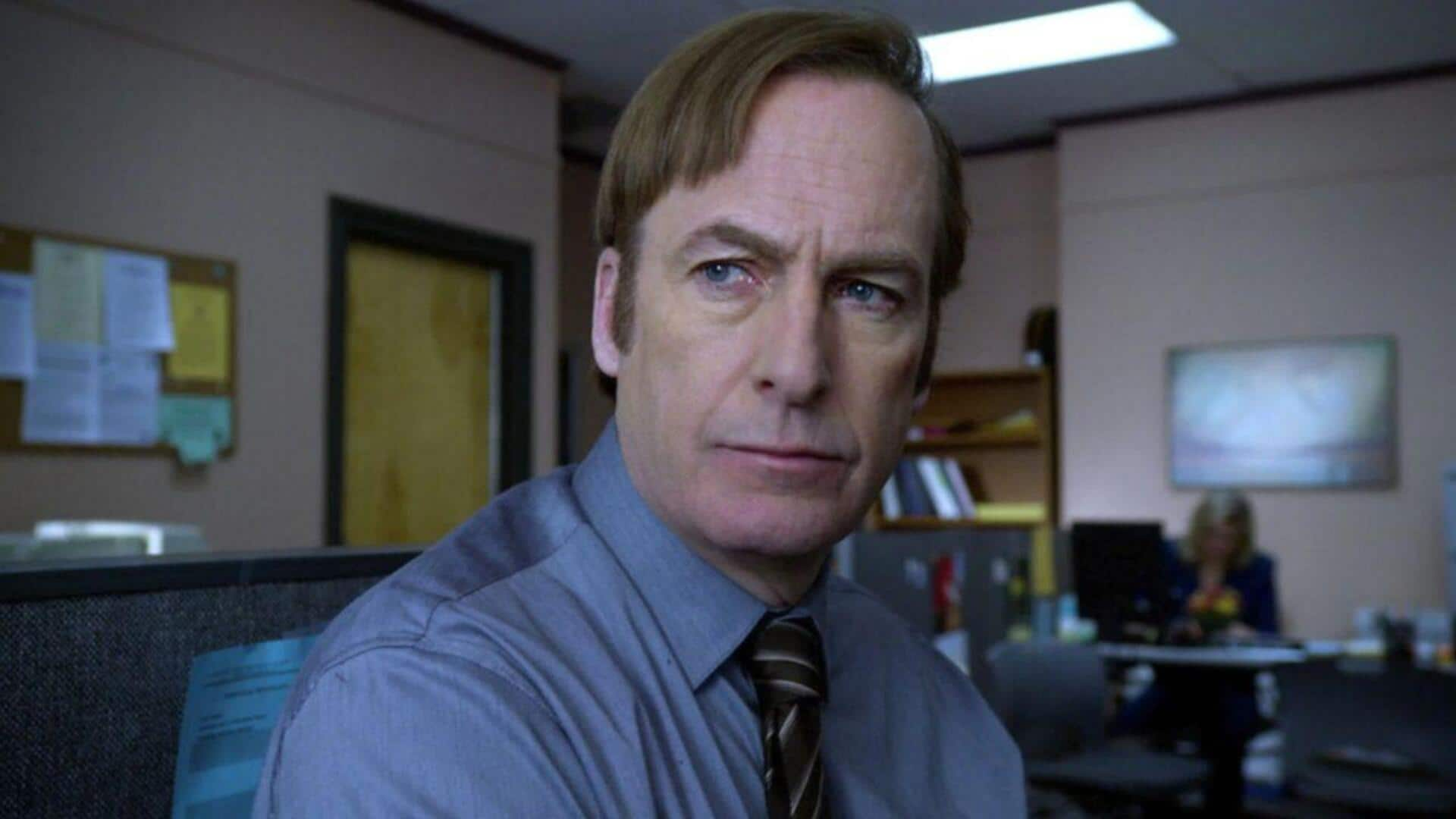
Inside 'Better Call Saul's brilliant storytelling tricks
What's the story
Better Call Saul, the Breaking Bad prequel, is a masterclass in storytelling and character development. The series delves into the life of Jimmy McGill, a struggling lawyer who eventually becomes the sleazy attorney Saul Goodman. The show is not just about legal drama but also about exploring themes of morality, identity, and ambition. Here's how Better Call Saul's storytelling techniques make it a must-watch.
#1
Character development through transformation
Better Call Saul shines in its character development. The series follows Jimmy McGill's transformation from a struggling public defender to the morally flexible Saul Goodman. This evolution isn't sudden but gradual, giving viewers a chance to witness the complexities of his character. Each episode reveals new layers to Jimmy's personality, making him both relatable and morally ambiguous at the same time.
#2
Non-linear narrative structure
The non-linear narrative structure of Better Call Saul adds depth to its storytelling. The series often uses flash-forwards to tease future events, while simultaneously delving into the pasts of its characters. This technique keeps viewers engaged as they try to piece together how past experiences shape present decisions.
#3
Subtle humor amidst drama
One of the most unique aspects of Better Call Saul is its ability to weave subtle humor into an otherwise dramatic storyline. The humor is often character-driven and situational, providing moments of levity without undermining the gravity of the plot. This balance makes for a richer viewing experience, allowing audiences to connect with characters on a more personal level.
#4
Visual storytelling techniques
Better Call Saul employs visual storytelling techniques that enhance its narrative without relying heavily on dialogue or exposition. The show's cinematography often uses symbolic imagery and carefully composed shots to convey emotions and themes effectively. These visual elements work hand-in-hand with the script to create an immersive viewing experience that captivates audiences from start to finish.